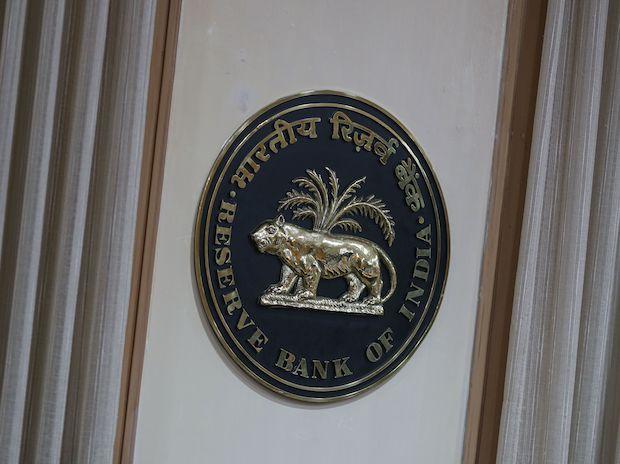[ad_1]
The Reserve Bank of India’s recently released draft guidelines on minimum capital requirements for market risk provide more flexibility to banks for treatment of certain instruments but may lead to a 15-20 per cent rise in capital requirements for market risk, bank officials said.
On February 17, the RBI released draft guidelines on minimum capital requirements for market risk based on Basel III standards. Stakeholder comments on the draft guidelines may be sent by April 15, 2023, the RBI said.
The guidelines make a clear demarcation between instruments to be traded in the trading book and the banking book. The instruments kept in the former are subject to market capital risk requirements while those in the banking book are subject to credit risk capital requirements.
“The devil is in the details. This circular is effectively based on the Basel’s FRTB (Fundamental Review of Trading Book) guidelines. When that circular came in 2019, all the banks more or less did a computation based on those revised guidelines and the effective capital charge across the banking industry was 50 to 100 per cent more than the capital that the banks used to keep,” an official at the market risk department of a bank said.
“This guideline that the RBI has now come out with, it’s more or less in line with the FRTB, except the risk weights are lower. But, anyway, the early estimation is that the capital requirement may definitely go up by 15-20 per cent,” the official said.
In February 2019, the Basel Committee on Banking Supervision released revised guidelines for minimum capital requirements for market risk. The norms provide clear boundaries between the trading book and the banking book and replace previous requirements for minimal capital.
The new draft guidelines essentially have defined the trading book and the banking book based on the ability of banks to trade specific instruments, bank official said, adding that lenders now have a greater degree of flexibility in the classification of illiquid instruments.
The earlier definition of the banking book and the trading book was a relatively straightforward one – the trading book was comprised of the Available for Sale (AFS) and Held for Trading (HFT) portfolios.
With the new draft guidelines, for banks, effectively the entire market-risk capital charges that banks compute changes as portfolios undergo re-classification. In the case of instruments which would now be shifted to the banking book from the trading book, only credit-risk capital charges would be applicable with no market-risk capital charge.
On the other hand, for instruments which were earlier being classified in the Held to Maturity (HTM) portfolio and are now being shifted to the trading book, market-risk capital charges would change accordingly. The HTM portfolio, which primarily comprises of SLR (Statutory Liquidity Ratio) securities, such as government bonds, is exempt from being marked to market.
“Essentially, the HTM book currently only consists of SLR securities. And there are some infrastructure instruments with maturity greater than seven years and some bonds raised for specific purposes like TLTROs, which are classified into HTM. All other kind of non-SLR instruments are not eligible to be classified into HTM,” the first official said.
“On the other hand, instruments like venture capital security receipts and unlisted equity; though they were illiquid, they still could not have been classified into the banking book earlier. The bank had to mandatorily park these instruments into AFS which is a trading book with market-risk capital charge” he said.
The RBI’s draft circular provides banks with the flexibility to classify such illiquid instruments into the banking book based on the ability to trade these instruments. The RBI’s guidelines include criteria such as secondary market trading, tradability within 90 days and whether instruments carry interest rate risk, the official said.
In the draft guidelines, the RBI has said that instruments such as unlisted equities and equity investments in subsidiaries or associates can be included in the banking book. Instruments designated for securitisation warehousing, securities with real estate as underlying, securities with retail and MSME exposure as underlying can also be assigned to the banking book.
“There are a few more factors for identification of risk, like correlation risk which was not there earlier in the Basel-III capital norms. The RBI’s draft identifies that different risks are related to each other and based on that, they have given a couple of correlation factors,” the official said.
[ad_2]
Source link



